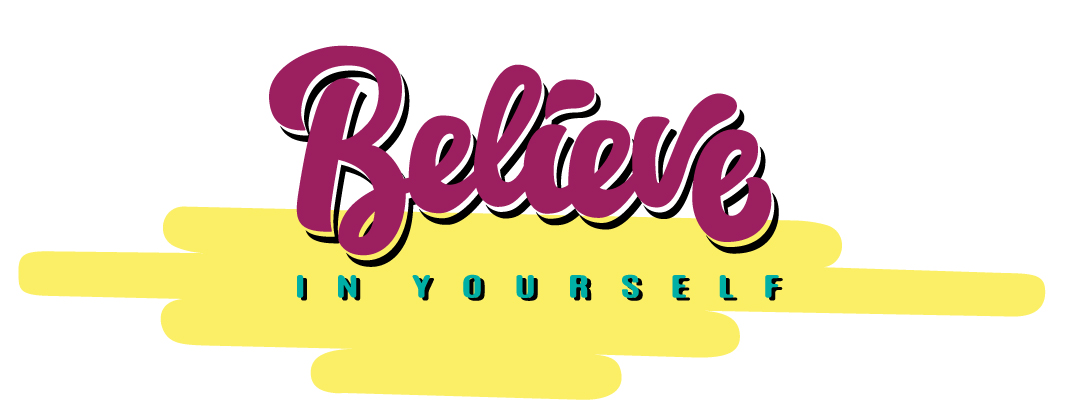Introduction
For teens, learning self-advocacy skills means learning to speak up for themselves and taking steps to make decisions about their own life and future.
The following training is meant to be a self-guided training for teens to begin to learn self-advocacy skills. These are skills that may need some practice, help and support. This training could benefit from a peer-to-peer training approach or one-on-one guidance from a counselor or mentor to supplement and enrich learning offered by the training.
The training could also be done by families with their child.
Introduction
Highlights:
Chapter 1: Terms and Definitions
Highlights:
Chapter 2: Disability and Accommodations
In this chapter, you will learn about your disability and how to tell others about accommodations you may need at school or work.
Highlights:
Chapter 3: Career
Learn about making career choices. Do you have interests? learn about making what you love a career.
Highlights:
Chapter 4: Laws
Ms Jordan will guide you through understanding laws about disability rights.
Highlights:
Chapter 5: School After High School
This chapter will provide chances to look at how colleges are different than high schools. You will also learn how to get into colleges.
Highlights:
Chapter 6: Talking About Disability
Develop a plan about talking about your disability. You need to know if it is okay to talk about your disability, when to talk about your disability and how to talk about your disability.
Highlights:
Chapter 7: Resources
Learn about creating a list of resources that will help you when you have questions or have a problem.
Highlights:

